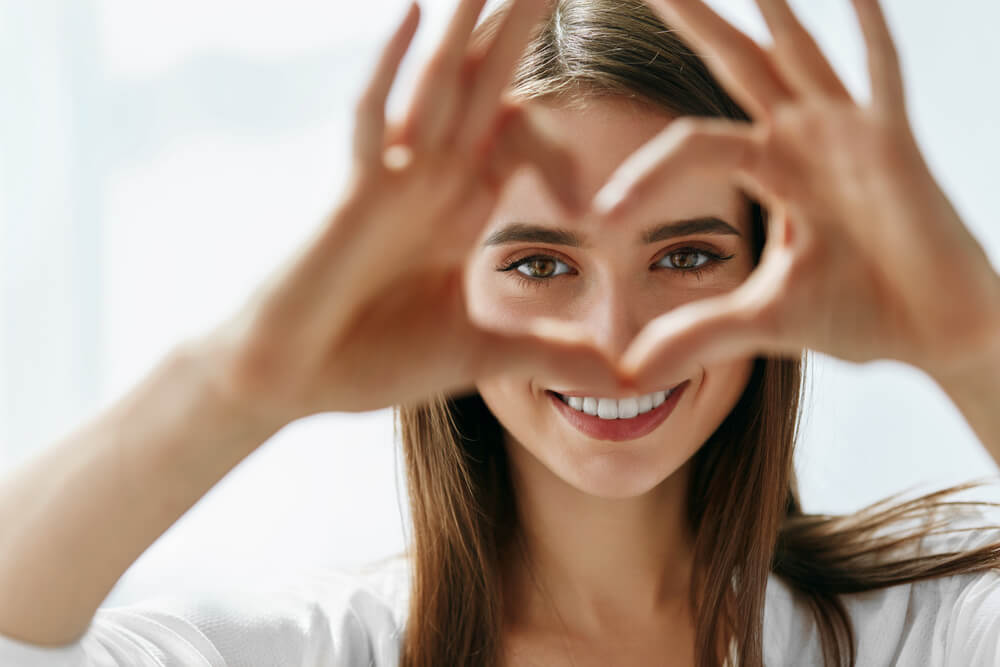All Categories
Featured
When it involves sunlight security, most individuals concentrate on protecting their skin from hazardous UV rays. The impacts of UV radiation on your eyes are just as crucial but typically neglected. Long term exposure to ultraviolet (UV) rays can bring about different eye conditions, some of which might lead to long-term damage or vision loss. Whether you're outdoors on a bright beach or taking a walk on an overcast day, comprehending just how UV rays influence your eyes and finding out just how to safeguard them is critical for preserving healthy vision.
What Are UV Rays and How Do They Impact the Eyes? UV rays are a kind of unnoticeable radiation released by the sun. There are three kinds of UV rays:
UVA Rays: These permeate deeply into the skin and eyes, contributing to long-term damage. UVB Rays: These are a lot more intense and can cause surface-level damage, such as sunburn or corneal damage. UVC Rays: These are the most hazardous but are soaked up by the Earth's atmosphere and hardly ever position a straight danger. Both UVA and UVB rays can damage different components of the eye, consisting of the cornea, lens, and retina.
Short-Term Impacts of UV Direct Exposure. Also a short period of intense UV direct exposure can harm your eyes. A typical condition resulting from this is photokeratitis, often called "sunburn of the eye." Signs include:
Uncomfortable or red eyes. Level of sensitivity to light. Too much tearing. Temporary blurred vision. Photokeratitis is typically temporary but functions as a tip of the prompt risks of UV radiation.
Long-Term Results of UV Exposure. Cumulative UV exposure in time can cause numerous severe eye conditions, consisting of:

Cataracts: UV rays increase the development of cataracts, a condition where the lens of the eye ends up being cloudy, causing vision impairment. Cataracts are a leading root cause of blindness worldwide.
Macular Degeneration: The macula, a part of the retina in charge of main vision, can be harmed by prolonged UV direct exposure, boosting the threat of age-related macular deterioration (AMD)
Pterygium: Usually called "internet user's eye," this condition includes a growth of tissue on the white component of the eye, which can expand over the cornea and impair vision.
Pinguecula: UV direct exposure can cause yellowish areas to develop on the conjunctiva, causing irritation and discomfort.
Skin Cancer Around the Eyes: The fragile skin surrounding the eyes is highly prone to UV radiation, raising the risk of basic and squamous cell carcinoma.
Safeguarding Your Eyes from UV Damages. Fortunately is that safeguarding your eyes from UV radiation is basic and efficient. Below are some essential ideas:
Wear UV-Blocking Sunglasses. Select sunglasses that block 100% of UVA and UVB rays. Seek tags suggesting "UV 400" defense. Wrap-around styles give extra insurance coverage, stopping UV rays from getting in from the sides.
Use a Wide-Brimmed Hat. A hat with a wide border can block nearly 50% of UV rays, using additional protection for your eyes and the fragile skin around them.
Prevent Top Sun Hours. UV rays are toughest in between 10 a.m. and 4 p.m. Lessen your exterior direct exposure throughout these hours, or ensure you're sufficiently safeguarded if you require to be outside.
Protect Your Eyes Year-Round. UV rays are present year-round, also on over cast or snowy days. Snow, sand, and water can show UV rays, increasing their impacts. Make sunglasses a component of your day-to-day routine, regardless of the season.
Think About UV-Blocking Get In Touch With Lenses. Numerous contact lenses now provide UV defense, which can be an added safeguard when combined with sunglasses.
Motivate Eye Protection for Children. Children's eyes are more susceptible to UV damage because their lenses are clearer, enabling even more UV light to get to the retina. Guarantee they use sunglasses and hats when playing outdoors.
Set Up Regular Eye Exams. Routine visits to an eye treatment expert are important for monitoring your eye health. An optometrist can find very early signs of UV-related damages and advise solutions, such as prescription sunglasses or UV-blocking glasses tailored to your needs.
Conclusion. UV rays might be invisible, however their effect on your eye wellness is really actual. From momentary discomfort to long-term problems like cataracts and macular degeneration, the dangers of UV direct exposure are also significant to overlook. By using UV-blocking sunglasses, restricting your direct exposure during peak hours, and scheduling normal eye exams, you can protect your vision and appreciate the outdoors securely. Remember, your eyes are just one of your most valuable possessions-- take the essential actions to secure them from dangerous UV rays today.
Latest Posts
Discover Budget-Friendly Auto Repairs with Montclare’s Exclusive Service Specials
Learn About Brake Repair & More: Comprehensive Auto Care Solutions from Montclare Auto Repair
Why Routine Vehicle Maintenance at Montclare Auto Repair Saves You Money
More
Latest Posts
Discover Budget-Friendly Auto Repairs with Montclare’s Exclusive Service Specials
Learn About Brake Repair & More: Comprehensive Auto Care Solutions from Montclare Auto Repair
Why Routine Vehicle Maintenance at Montclare Auto Repair Saves You Money